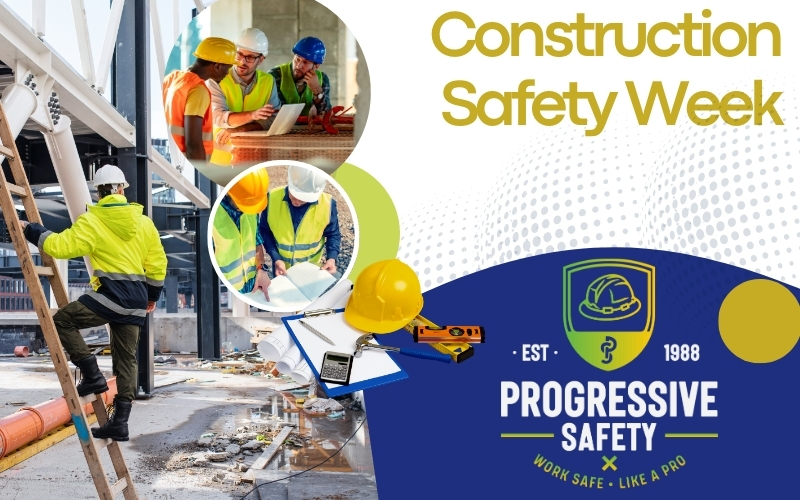This Construction Safety Week, it’s time to stand up—both literally and figuratively—for the safety of every worker on site. Falls remain the deadliest hazard in the construction industry, and the statistics from the Bureau of Labor Statistics (BLS) paint a stark picture. In 2023, the BLS reported 5,283 fatal work injuries across all industries in the United States, with 1,075 occurring in construction—over 20% of the total. Within construction, falls, slips, and trips accounted for 421 of those deaths, making up nearly 40% of all construction fatalities (Bureau of Labor Statistics, 2024, “National Census of Fatal Occupational Injuries in 2023”). These numbers highlight an urgent need for action. This Tuesday, join the industry-wide fall protection stand-down to pause, reflect, and recommit to robust safety measures. It’s not just about wearing a harness—it’s about having a plan to save a life when the unexpected happens.
Facing the Fall Risk Reality and the Power of a Rescue Plan
The BLS data reveals a grim truth: falls are a persistent killer in construction, often occurring from heights between 6 and 30 feet, with 64.4% of fatal falls in this range typically linked to ladders, scaffolding, or roofs. These incidents aren’t anomalies—they’re a daily risk on dynamic construction sites where multiple trades and varying fall protection systems complicate safety efforts. That’s why a rescue plan is non-negotiable. When a worker falls and is left suspended in a harness, every second counts—suspension trauma can set in quickly, and relying solely on equipment like boom lifts or scissor lifts is risky. These tools might be unavailable or unable to reach the worker in time. A solid rescue plan, integrated into daily Pre-Task Plans (PTPs), ensures that hazards are identified, roles are assigned, and strategies are in place before work begins. It’s about preparation, not reaction, and it can mean the difference between a close call and a tragedy.
Turning Plans into Action This Tuesday
Building an effective rescue plan starts with practical steps: assess fall hazards during PTPs, ensure suspension straps are attached to every harness to buy time post-fall, and train workers in self-rescue techniques. Backup options like ladders or aerial lifts should be accessible, but flexibility is key—no two sites are the same. This Tuesday’s stand-down is your chance to put this into practice. Use the day to review your fall protection systems, update rescue procedures, and equip your team with the knowledge and tools they need. Whether it’s a toolbox talk or a full-site audit, your actions can shift the stats in the right direction. The BLS numbers are a wake-up call—let’s answer it by standing up for safety, for our teams, and for a future where every worker goes home safe. Join the movement this Construction Safety Week, because safety isn’t optional—it’s a promise we keep.

